Home>Gardening & Outdoor>Landscaping Ideas>How To Kill Winter Grass
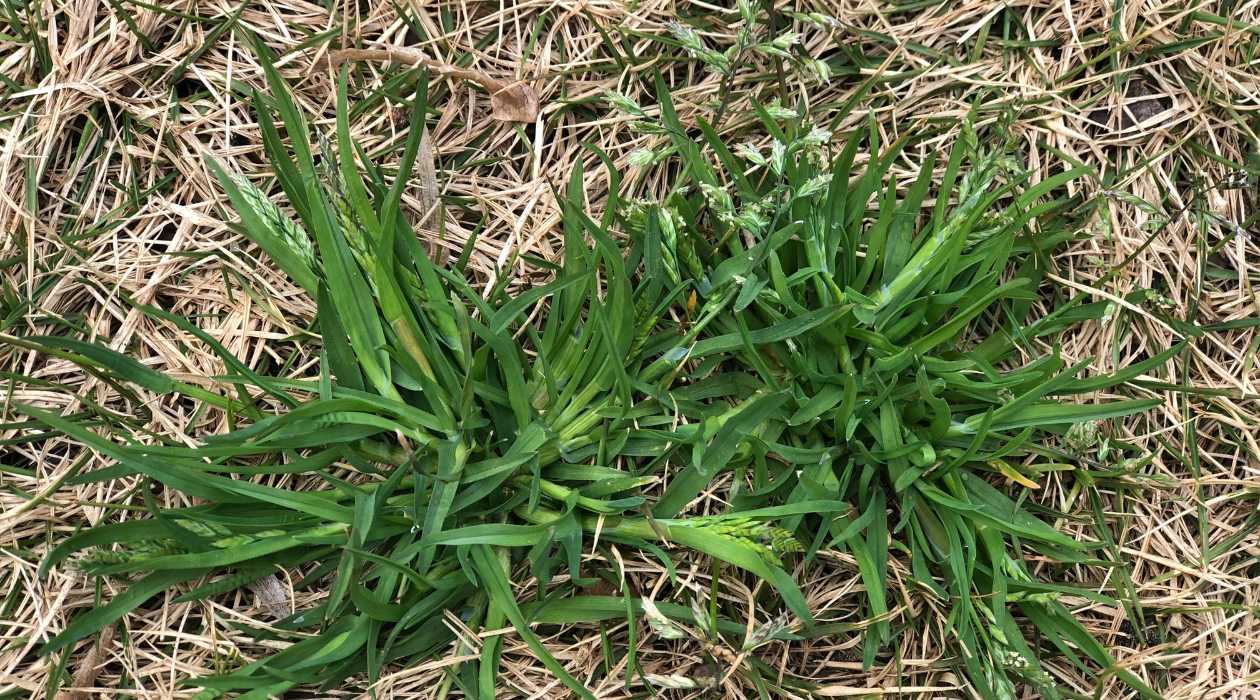

Landscaping Ideas
How To Kill Winter Grass
Modified: August 28, 2024
Learn effective landscaping ideas to eliminate winter grass and keep your lawn looking pristine. Discover expert tips and techniques for a lush, weed-free yard.
(Many of the links in this article redirect to a specific reviewed product. Your purchase of these products through affiliate links helps to generate commission for Storables.com, at no extra cost. Learn more)
Introduction
Welcome to the battle against winter grass! As the colder months approach, many gardeners find themselves facing a common foe: winter grass. This unwelcome intruder can quickly take over lawns and gardens, disrupting the lush greenery that you’ve worked so hard to cultivate. But fear not, for with the right knowledge and strategies, you can effectively combat and eliminate winter grass, restoring your outdoor space to its former glory.
In this comprehensive guide, we’ll delve into the world of winter grass, exploring its characteristics, identifying signs of its presence, and learning effective methods for prevention and eradication. By understanding the nature of this persistent weed and mastering the techniques to combat it, you’ll be equipped to reclaim your lawn and keep it pristine throughout the winter months and beyond.
Key Takeaways:
- Winter grass is a resilient weed that thrives in cool, moist conditions, but you can prevent it by promoting the health of your turf grass and maintaining good soil conditions.
- To eliminate winter grass, use targeted eradication methods like selective herbicide application and manual removal, followed by post-eradication care to restore your lawn’s lush green appearance.
Read more: How To Kill Goat Heads Without Killing Grass
Understanding Winter Grass
Before embarking on a mission to eliminate winter grass, it’s essential to grasp the nature of this resilient plant. Winter grass, scientifically known as Poa annua, is an annual weed that thrives in cool, moist conditions. It often rears its head in lawns and gardens during the winter months, spreading rapidly and outcompeting desirable grass species.
One of the key characteristics of winter grass is its prolific seed production. A single plant can produce thousands of seeds, which are dispersed by wind, animals, or human activity, contributing to the widespread infestation of this weed. Additionally, winter grass has a distinctive appearance, with soft, bright green leaves and a low-growing, tufted growth habit. These traits make it stand out amidst the surrounding grass and plants, signaling its unwelcome presence.
Furthermore, winter grass is known for its adaptability and resilience. It can thrive in a variety of soil types and is quick to take advantage of bare or thin areas in lawns. As such, it’s crucial to be proactive in managing your lawn to prevent the establishment and spread of winter grass.
Understanding the life cycle and behavior of winter grass is fundamental to devising effective strategies for its control. By familiarizing yourself with the habits and traits of this persistent weed, you’ll be better equipped to identify and address its incursion in your outdoor space.
Identifying Winter Grass
Recognizing winter grass amidst the expanse of your lawn is the first step in combatting its encroachment. The distinctive characteristics of winter grass set it apart from desirable turf grasses, making it relatively easy to identify once you know what to look for.
One of the primary indicators of winter grass is its vibrant green coloration, which can sharply contrast with the surrounding grass, especially during the cooler months when other grass species may be dormant or discolored. Additionally, winter grass tends to form dense patches or tufts, creating an uneven and unsightly appearance in the lawn.
When observed closely, the leaves of winter grass exhibit a boat-shaped tip, a characteristic feature that aids in its identification. Furthermore, the seed heads of winter grass, which emerge in abundance during its reproductive phase, are another telltale sign of its presence. These seed heads are small and delicate, often giving the lawn a speckled or uneven look.
Another useful method for identifying winter grass is to consider the timing of its growth. As its name suggests, winter grass tends to flourish during the cooler months, thriving in temperatures ranging from 50 to 65 degrees Fahrenheit. This seasonal behavior can help distinguish it from warm-season grasses that may be dormant or less vigorous during the winter.
By honing your ability to recognize the distinct attributes of winter grass, you’ll be better equipped to take targeted action against its proliferation. Early detection and swift intervention are key to preventing winter grass from establishing a stronghold in your lawn, preserving the health and aesthetics of your outdoor space.
To kill winter grass, apply a selective herbicide in late summer or early fall before the grass starts to grow. Make sure to follow the instructions on the herbicide label for best results.
Preventing Winter Grass
Proactive measures to prevent the onset of winter grass can significantly reduce the need for extensive eradication efforts later on. Implementing effective prevention strategies is crucial in maintaining a healthy and vibrant lawn, free from the encroachment of this persistent weed.
One of the fundamental approaches to preventing winter grass is to promote the overall health and density of your turf grass. A robust and well-maintained lawn can naturally resist the establishment of winter grass and other invasive weeds. Regular fertilization, appropriate watering, and proper mowing practices contribute to the vigor and competitiveness of desirable grass species, creating an inhospitable environment for winter grass to take hold.
Furthermore, overseeding your lawn with cool-season grasses in the fall can help fill in any bare or thin areas, reducing the opportunities for winter grass to establish itself. By encouraging the growth of desirable grass species, you can minimize the available space and resources for invasive weeds, thwarting their advancement.
Another preventive tactic involves maintaining good soil health and structure. Aerating the soil to alleviate compaction and ensuring proper drainage can contribute to the overall resilience of your lawn, making it less susceptible to the colonization of winter grass. Additionally, practicing responsible irrigation and avoiding overwatering can help create an environment that is unfavorable for the proliferation of this weed.
Regular monitoring of your lawn for signs of winter grass and addressing any emerging patches promptly is also crucial in preventing its spread. Swift action, such as hand-pulling or spot-treating early infestations, can prevent the weed from gaining a foothold and spreading further.
By adopting a proactive and holistic approach to lawn care, you can fortify your turf against the intrusion of winter grass, preserving the beauty and integrity of your outdoor space. Prevention not only minimizes the need for intensive eradication methods but also nurtures a thriving and resilient lawn that can withstand seasonal challenges.
Killing Winter Grass
When preventive measures alone are insufficient to control winter grass, targeted eradication methods can be employed to eliminate existing infestations and prevent further spread. Effective eradication necessitates a combination of approaches tailored to the specific conditions of your lawn and the extent of the winter grass invasion.
One method of eradicating winter grass is through selective herbicide application. Herbicides formulated specifically for broadleaf weed control can be instrumental in targeting winter grass while minimizing impact on desirable turf grasses. It’s essential to carefully follow the application instructions and consider factors such as timing, weather conditions, and the stage of winter grass growth to maximize the effectiveness of the herbicidal treatment.
For smaller patches of winter grass, manual removal can be a practical approach. Hand-pulling the weed, ensuring to remove the entire plant, including the roots, can be an effective method, especially when dealing with isolated infestations. Thoroughly inspect the surrounding area to identify and address any remaining winter grass plants to prevent reinfestation.
Overseeding with desirable grass species after eradicating winter grass can help fill in any bare spots and promote the recovery and rejuvenation of the lawn. By encouraging the growth of healthy turf grass, you can further inhibit the reestablishment of winter grass and other invasive weeds.
In cases where winter grass has proliferated extensively, it may be necessary to consider comprehensive lawn renovation. This process involves removing the existing turf, addressing soil issues, and reseeding or laying new sod to establish a revitalized lawn free from the persistent presence of winter grass.
Regular maintenance practices, such as proper mowing, watering, and fertilization, following the eradication of winter grass, are crucial in sustaining a resilient and weed-resistant lawn. By implementing a comprehensive post-eradication care regimen, you can fortify your lawn against future weed incursions and maintain its health and vibrancy.
By employing a combination of targeted eradication methods and post-treatment care, you can effectively eliminate winter grass and reclaim the lush, uniform appearance of your lawn. Tailoring the approach to the specific conditions and extent of the infestation is key to achieving successful and lasting results in the battle against winter grass.
Read more: How To Kill Grass
Conclusion
As the seasons transition and the cooler weather sets in, the presence of winter grass can pose a significant challenge to the beauty and integrity of your lawn. However, armed with the knowledge and strategies outlined in this guide, you are well-equipped to confront and conquer the threat of winter grass, ensuring that your outdoor space remains a vibrant and inviting sanctuary.
Understanding the nature of winter grass, from its prolific seed production to its distinctive appearance, is fundamental in identifying and addressing its encroachment. By honing your ability to recognize the signs of winter grass, you can take proactive measures to prevent its establishment and spread, preserving the health and aesthetics of your lawn.
Implementing preventive measures, such as promoting the overall health of your turf grass and maintaining good soil conditions, can create an inhospitable environment for winter grass, minimizing its opportunities to take root and thrive. Regular monitoring and swift intervention at the first signs of winter grass are essential in preventing its proliferation and maintaining the resilience of your lawn.
In the event of winter grass infestations, employing targeted eradication methods, such as selective herbicide application and manual removal, can effectively eliminate the weed and prevent its resurgence. Post-eradication care, including overseeding and comprehensive lawn renovation when necessary, is instrumental in restoring the lush green expanse of your lawn and fortifying it against future weed challenges.
By integrating these strategies into your lawn care regimen, you can safeguard your outdoor space from the persistent intrusion of winter grass, nurturing a thriving and resilient lawn that enhances the beauty of your surroundings. The battle against winter grass may present its challenges, but with the right tools and techniques at your disposal, you can emerge victorious, enjoying a lush and vibrant lawn throughout the seasons.
So, as you embark on this journey to reclaim your lawn from the clutches of winter grass, remember that with diligence and knowledge, you hold the power to cultivate a landscape that flourishes and delights, providing a welcoming haven for relaxation and enjoyment.
Frequently Asked Questions about How To Kill Winter Grass
Was this page helpful?
At Storables.com, we guarantee accurate and reliable information. Our content, validated by Expert Board Contributors, is crafted following stringent Editorial Policies. We're committed to providing you with well-researched, expert-backed insights for all your informational needs.
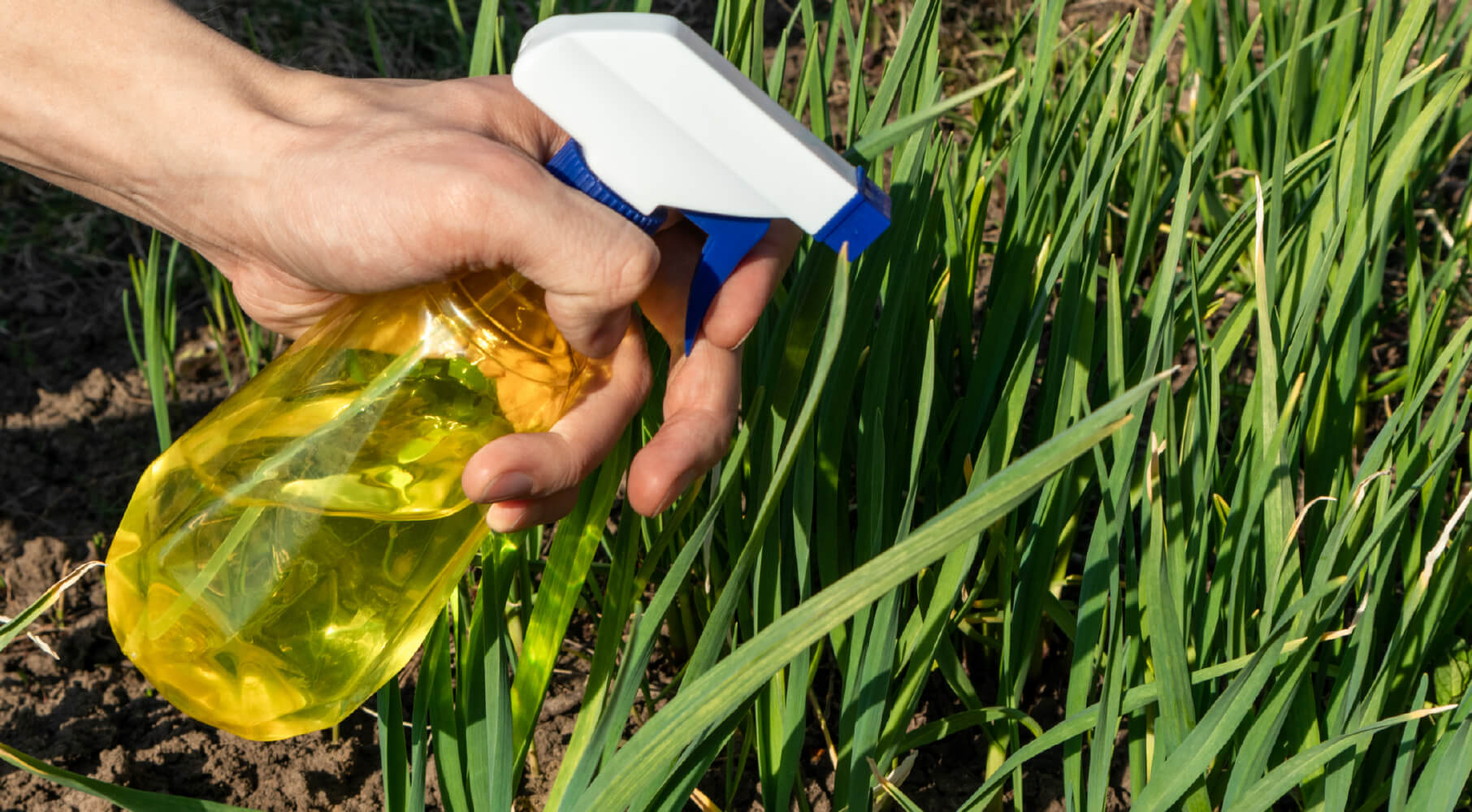
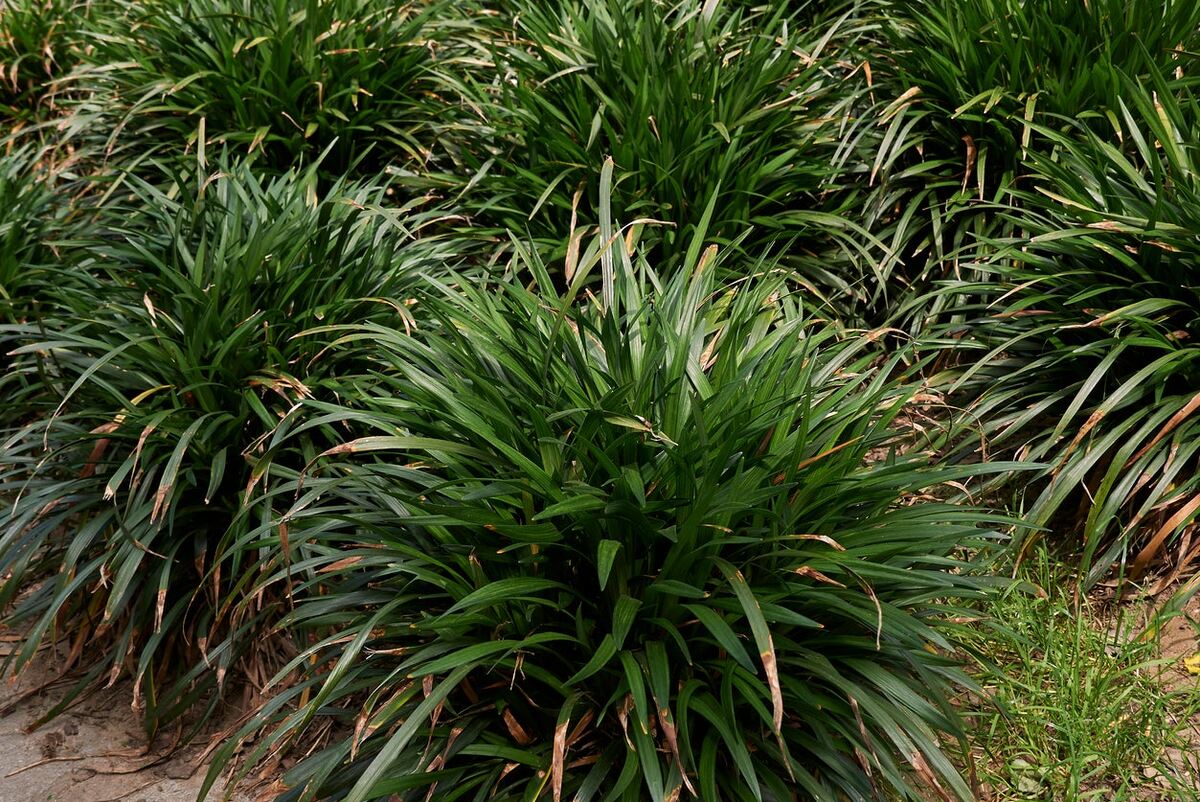
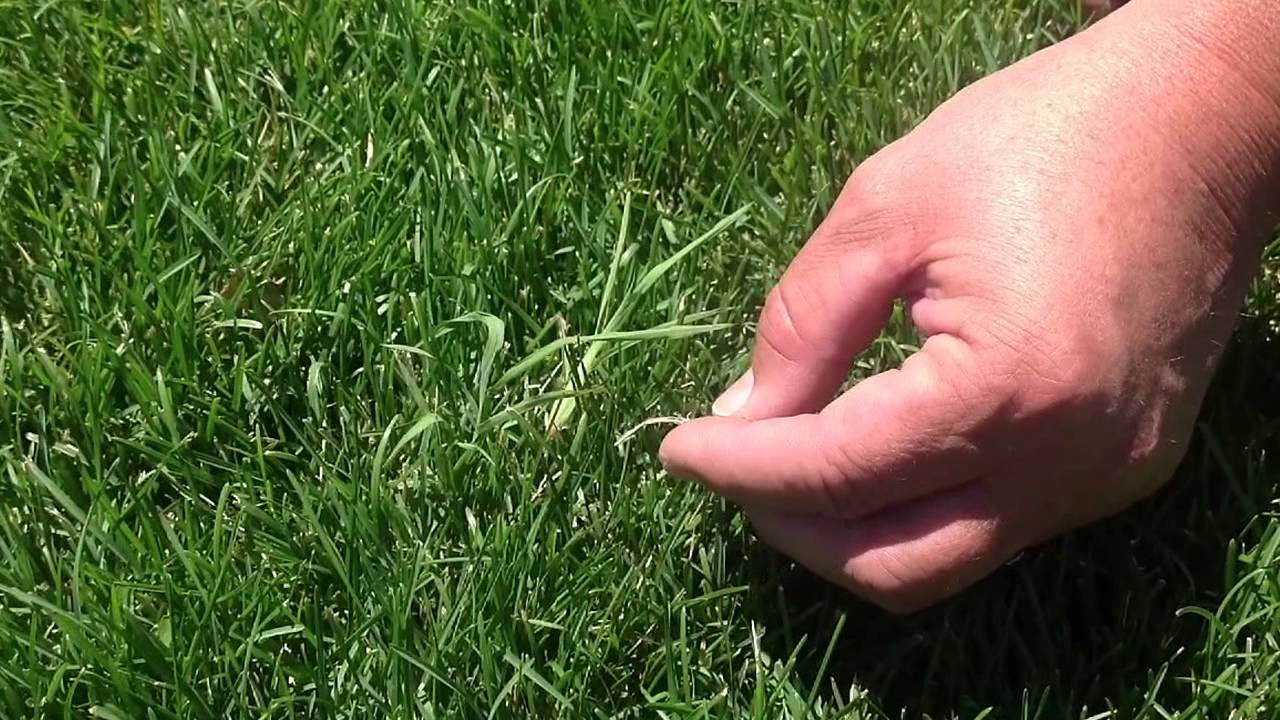
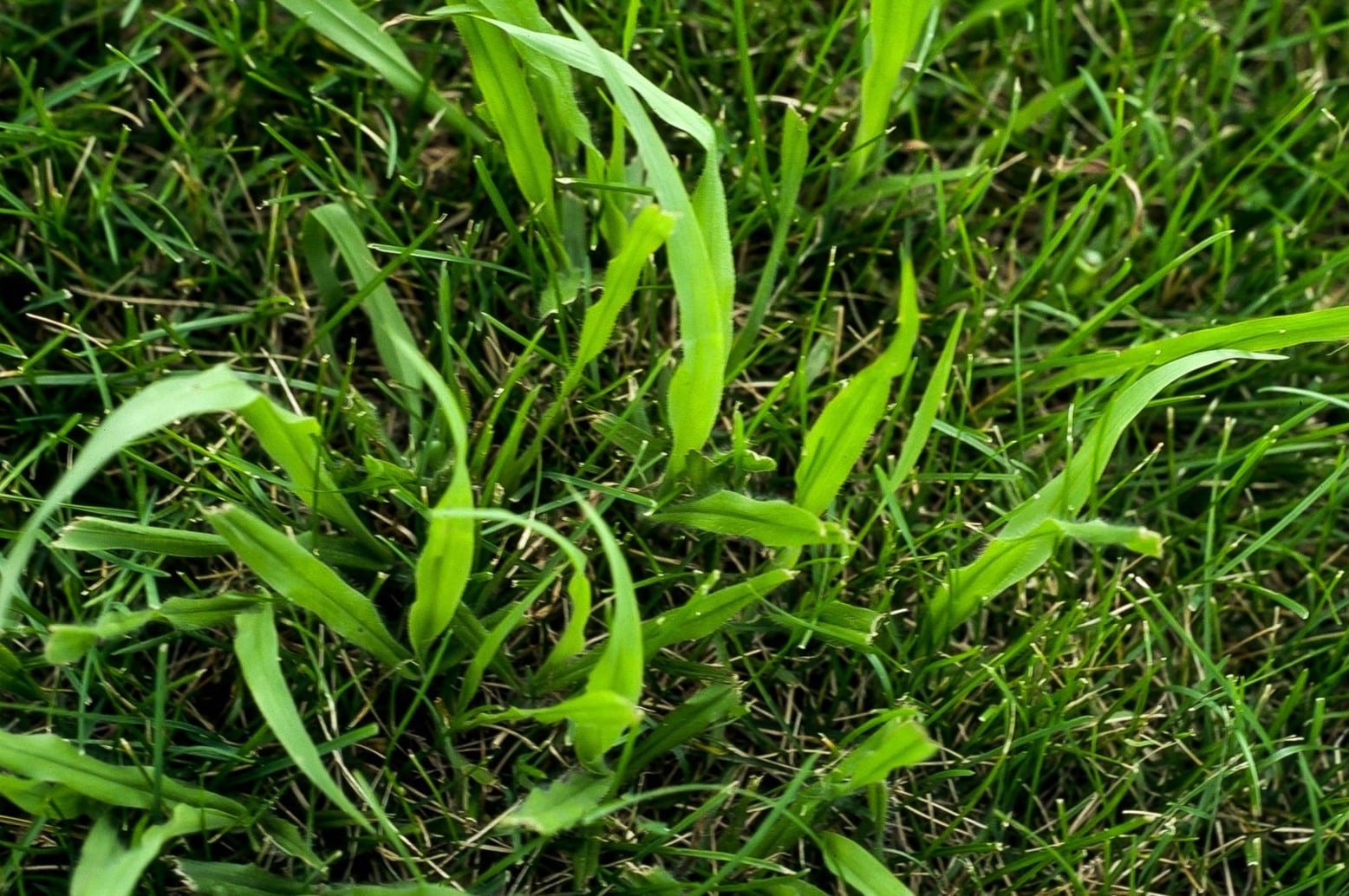
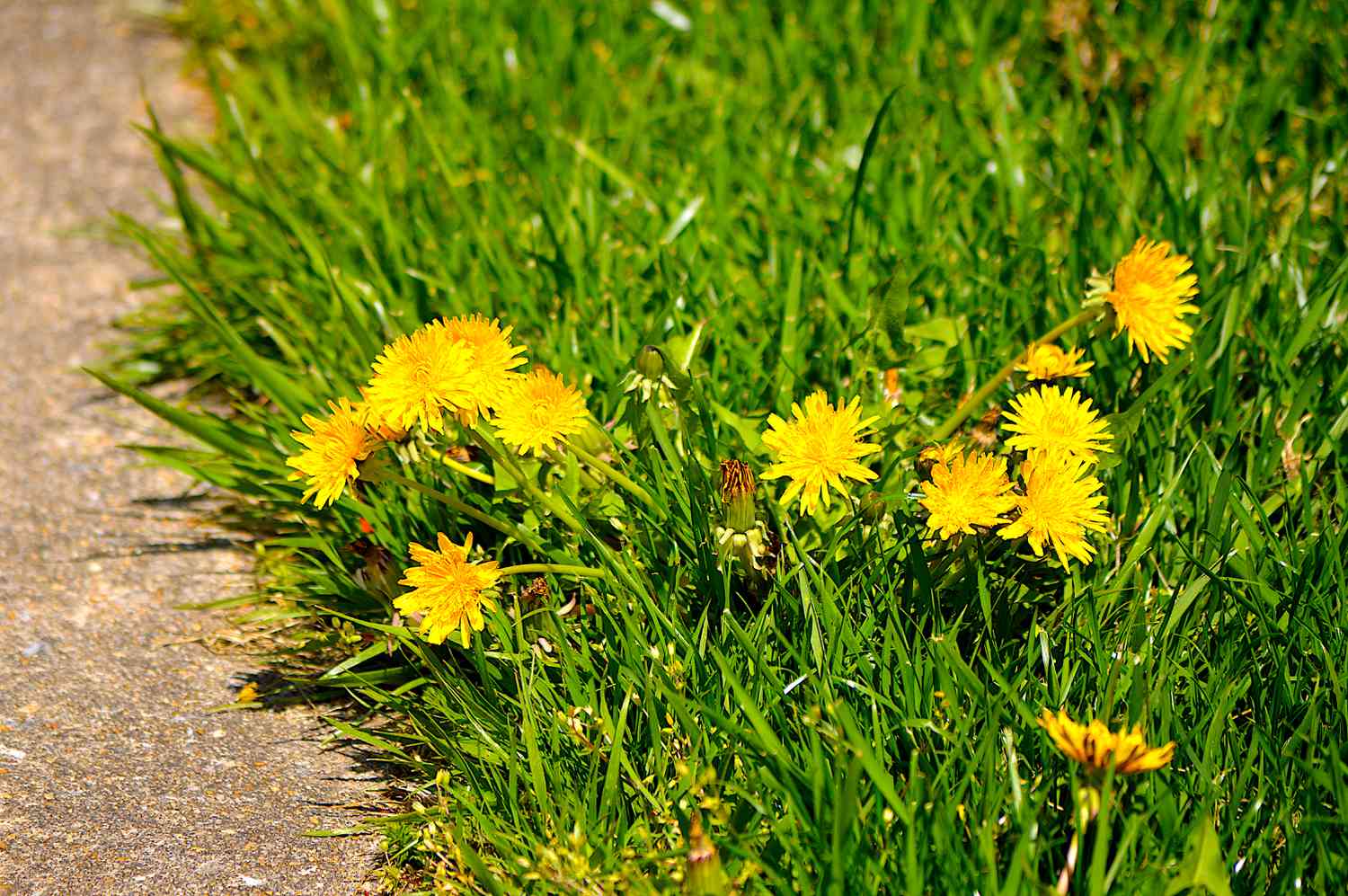
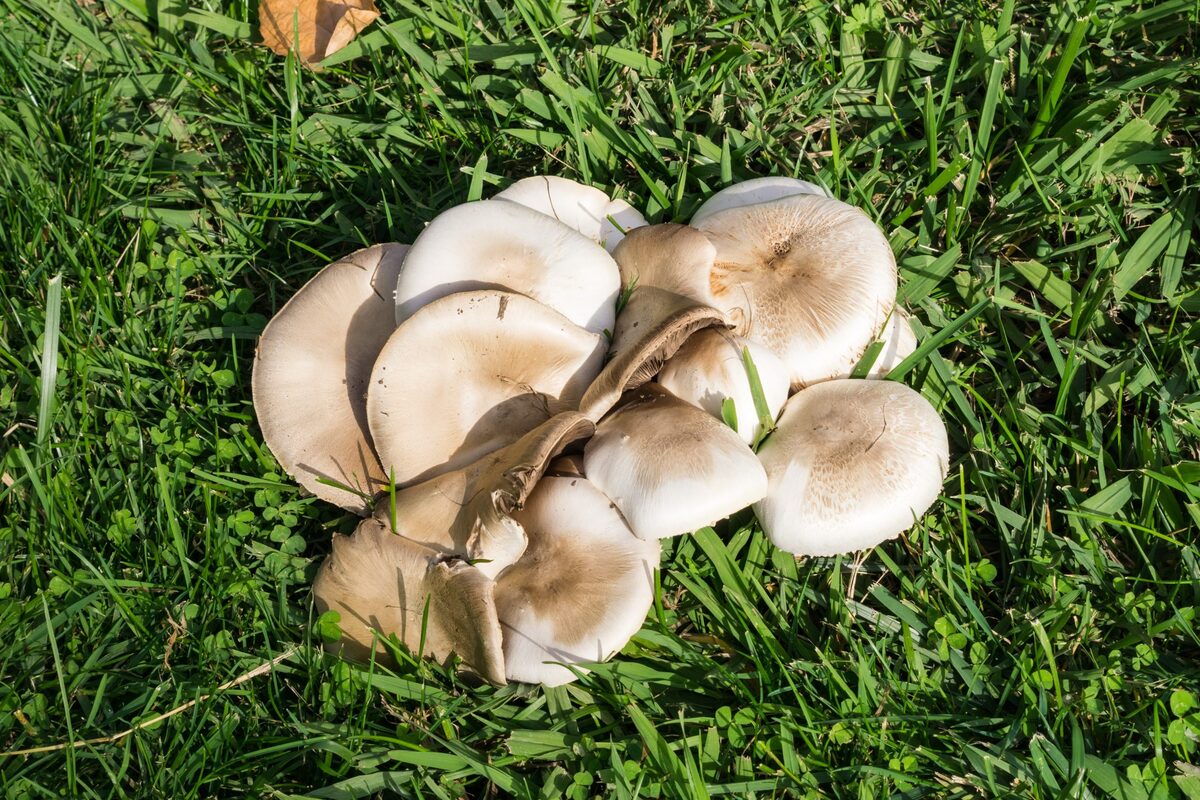

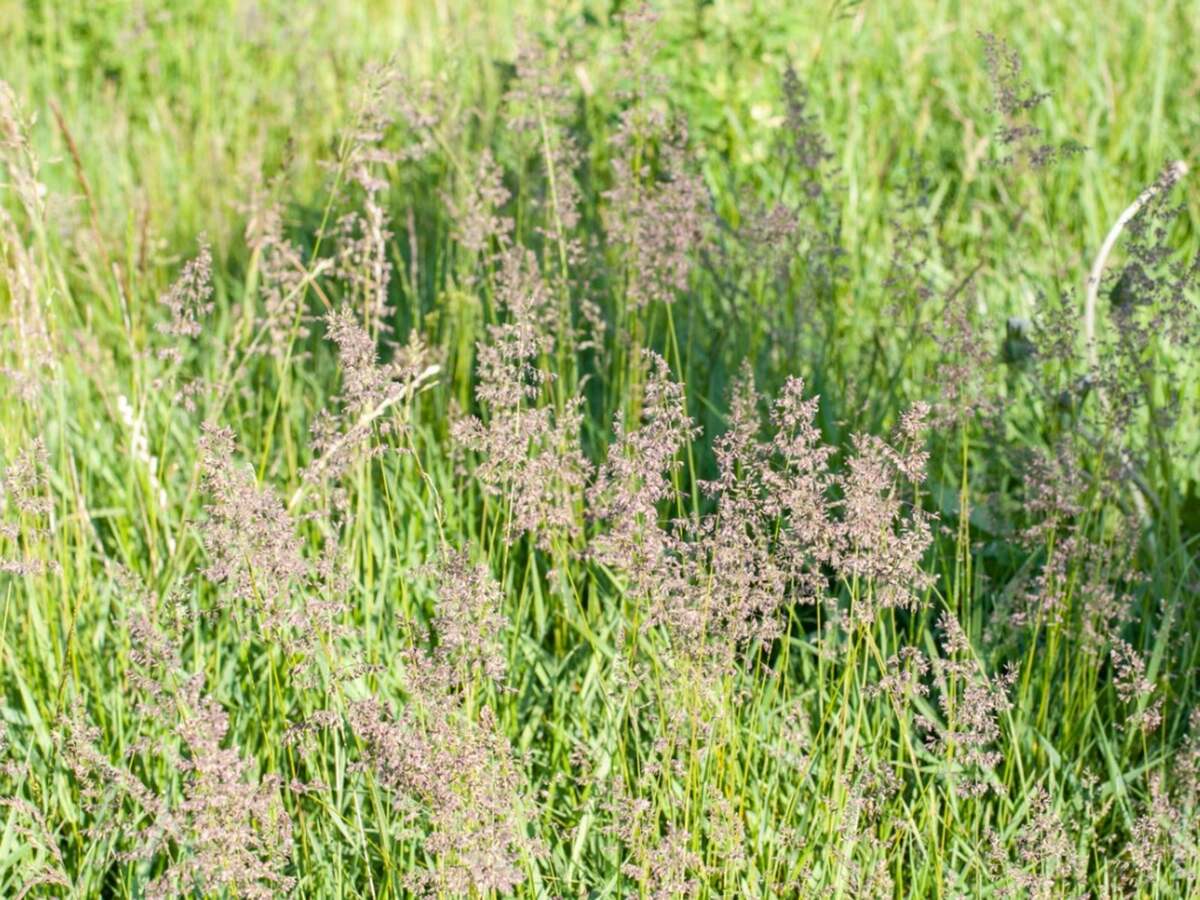
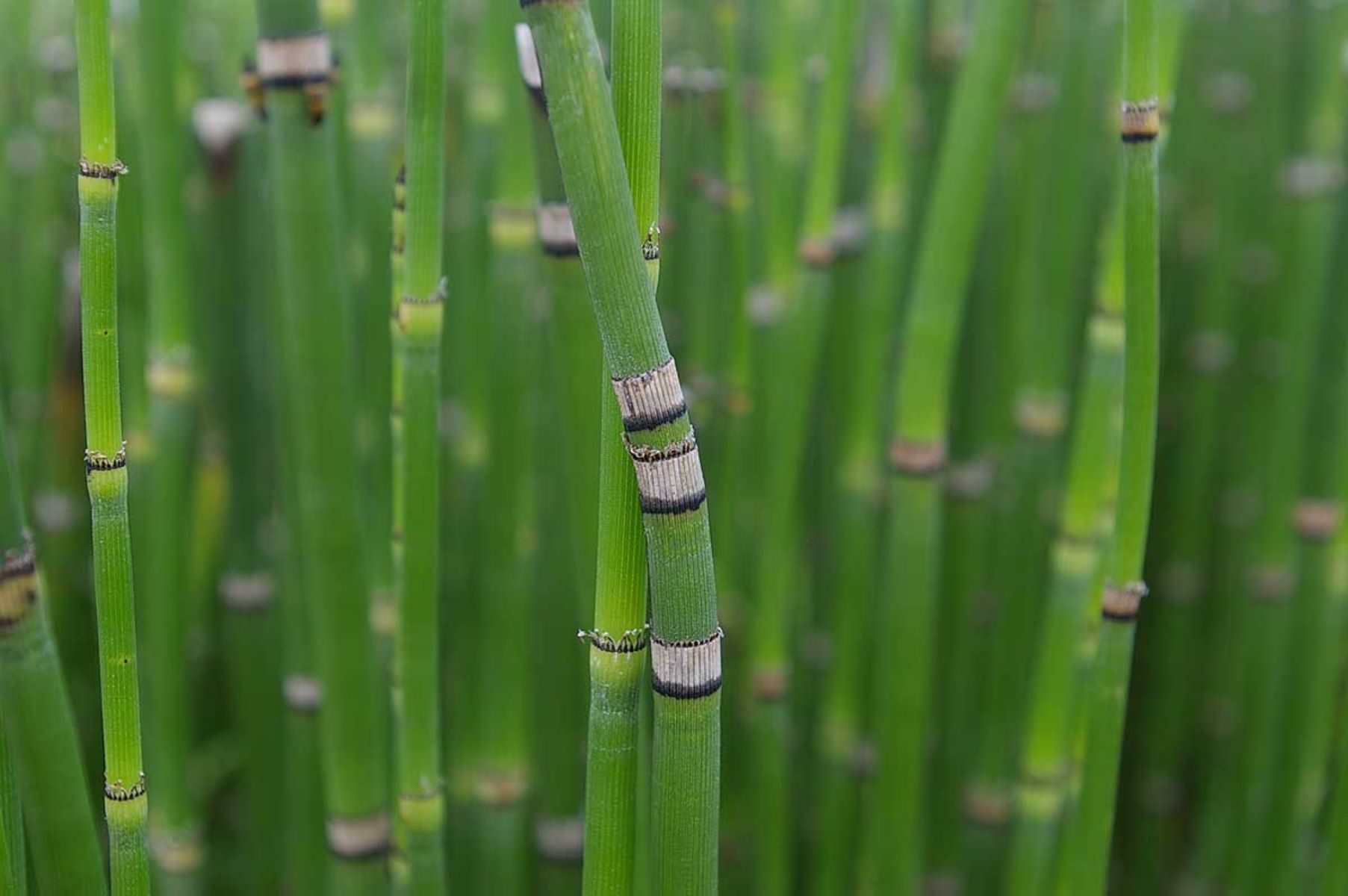
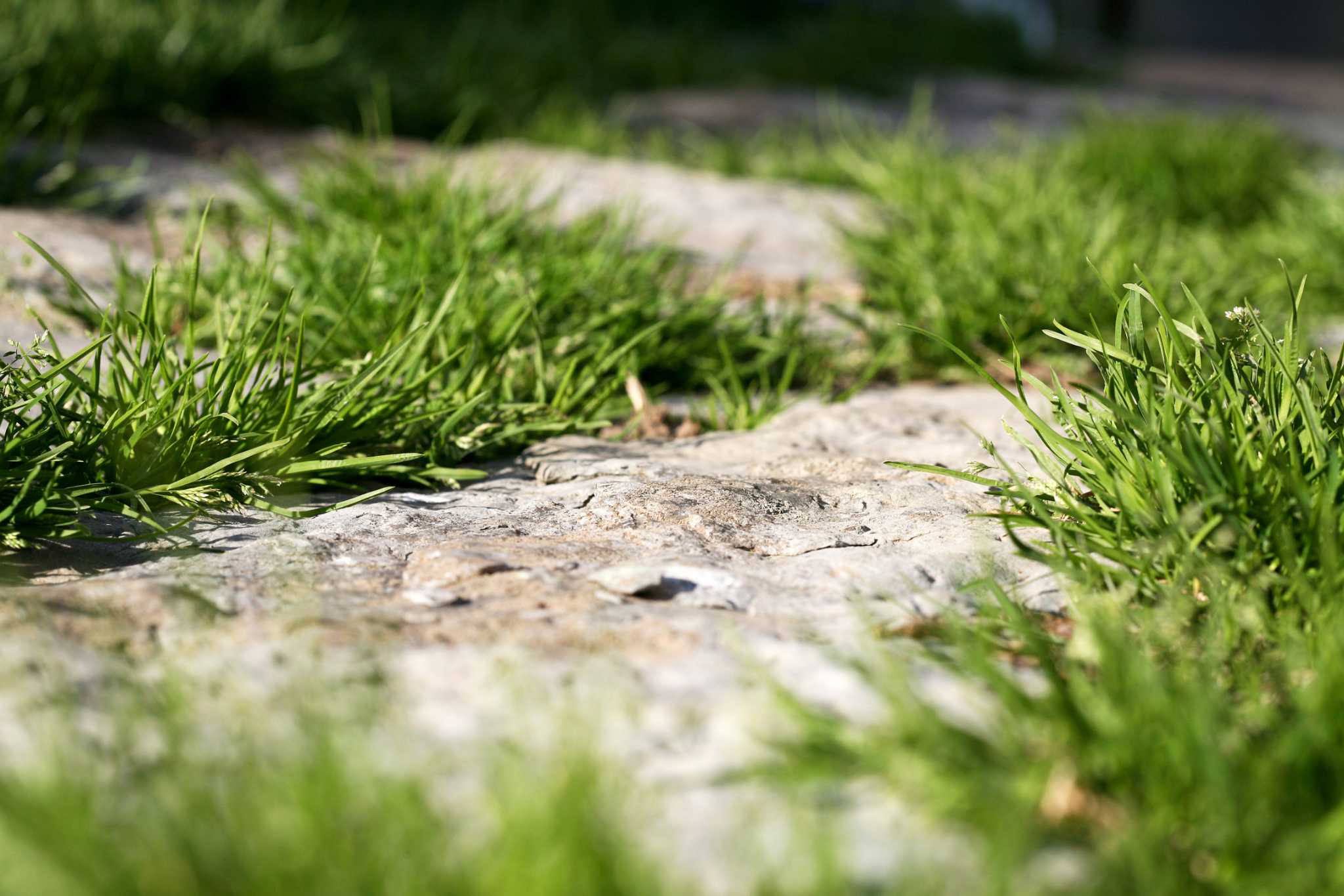
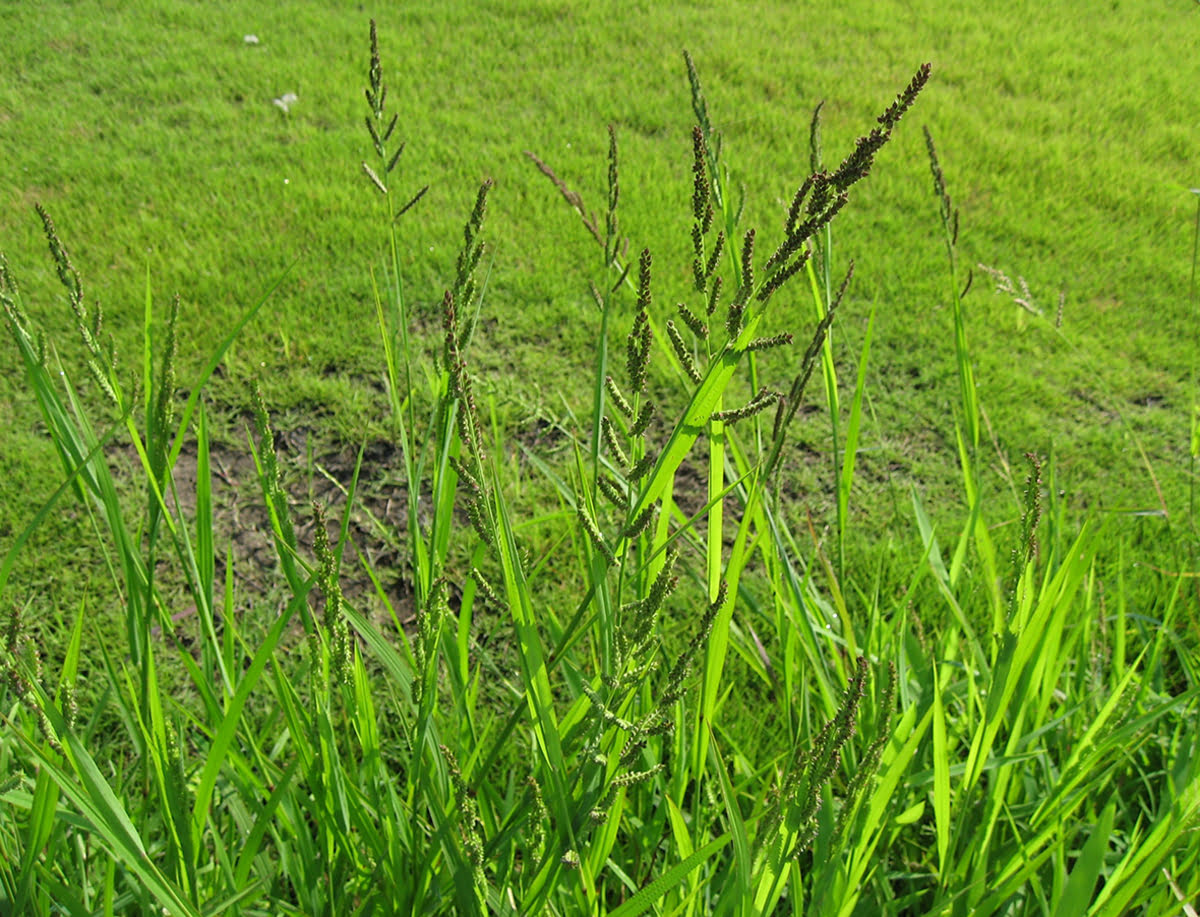
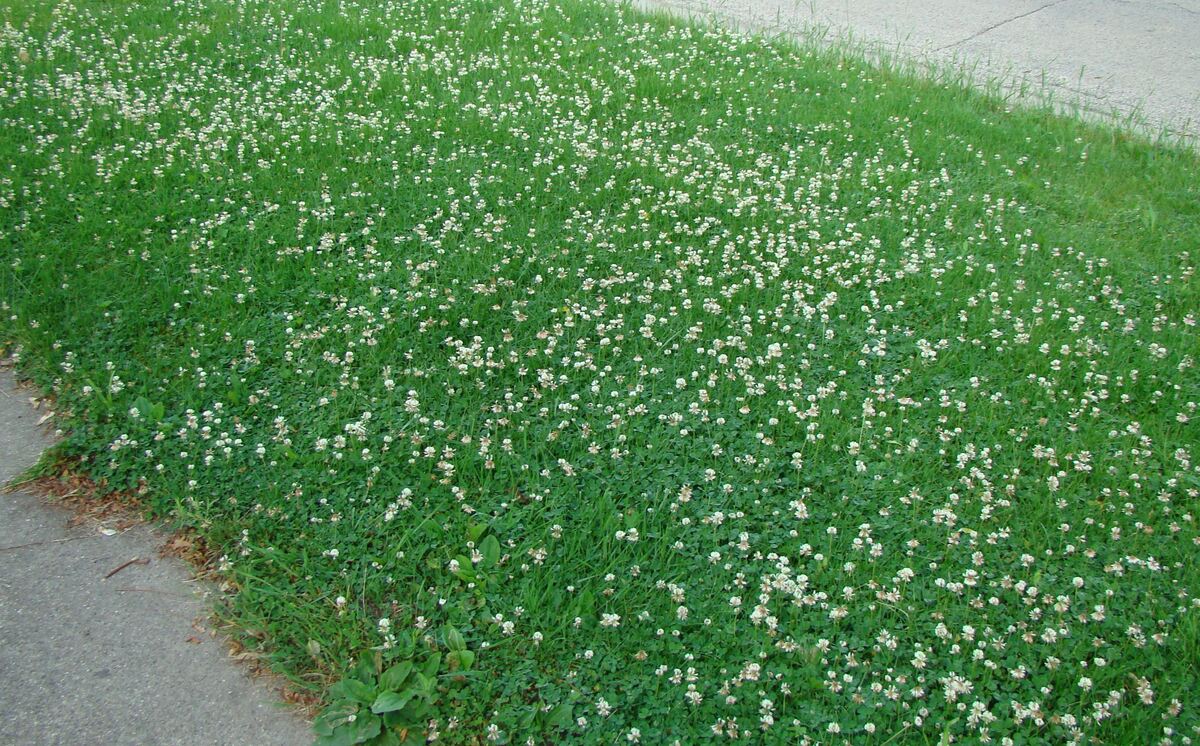
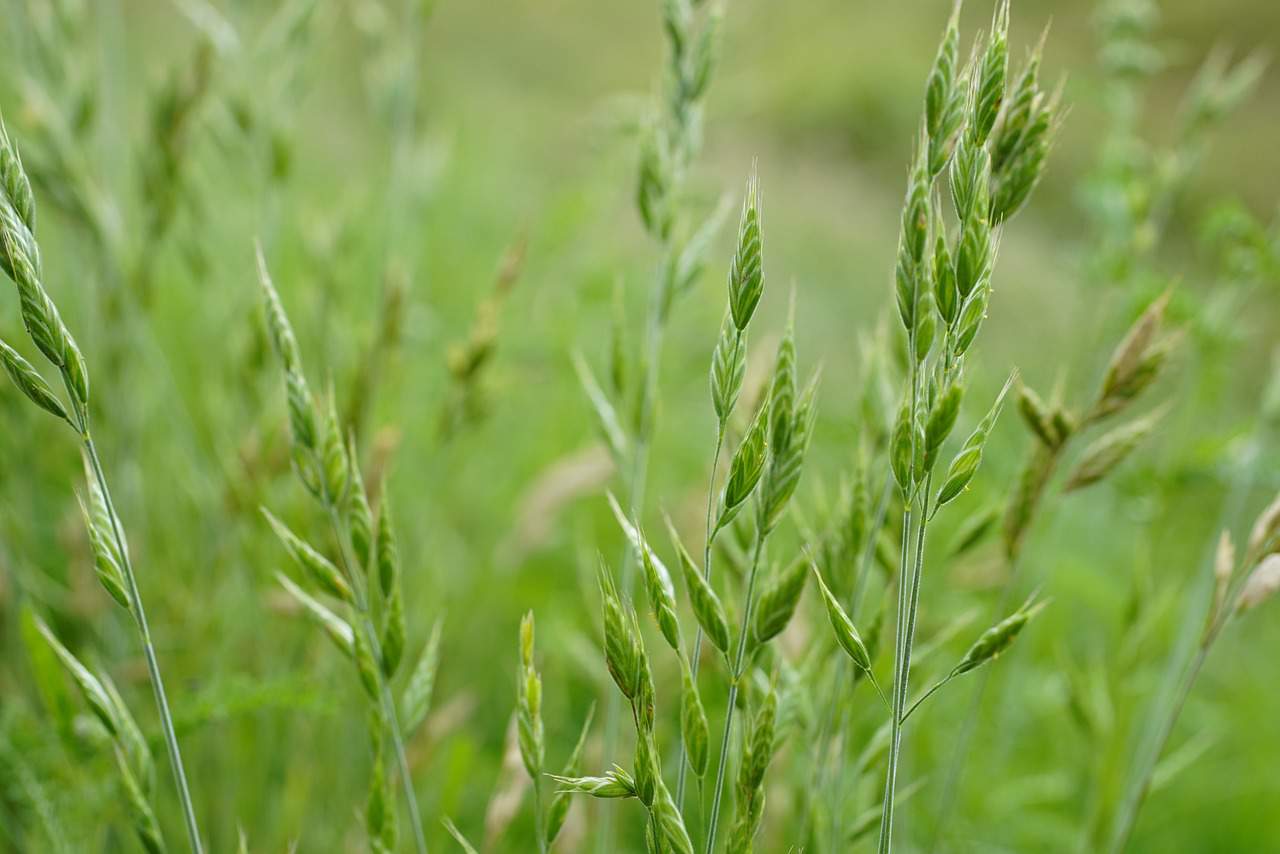
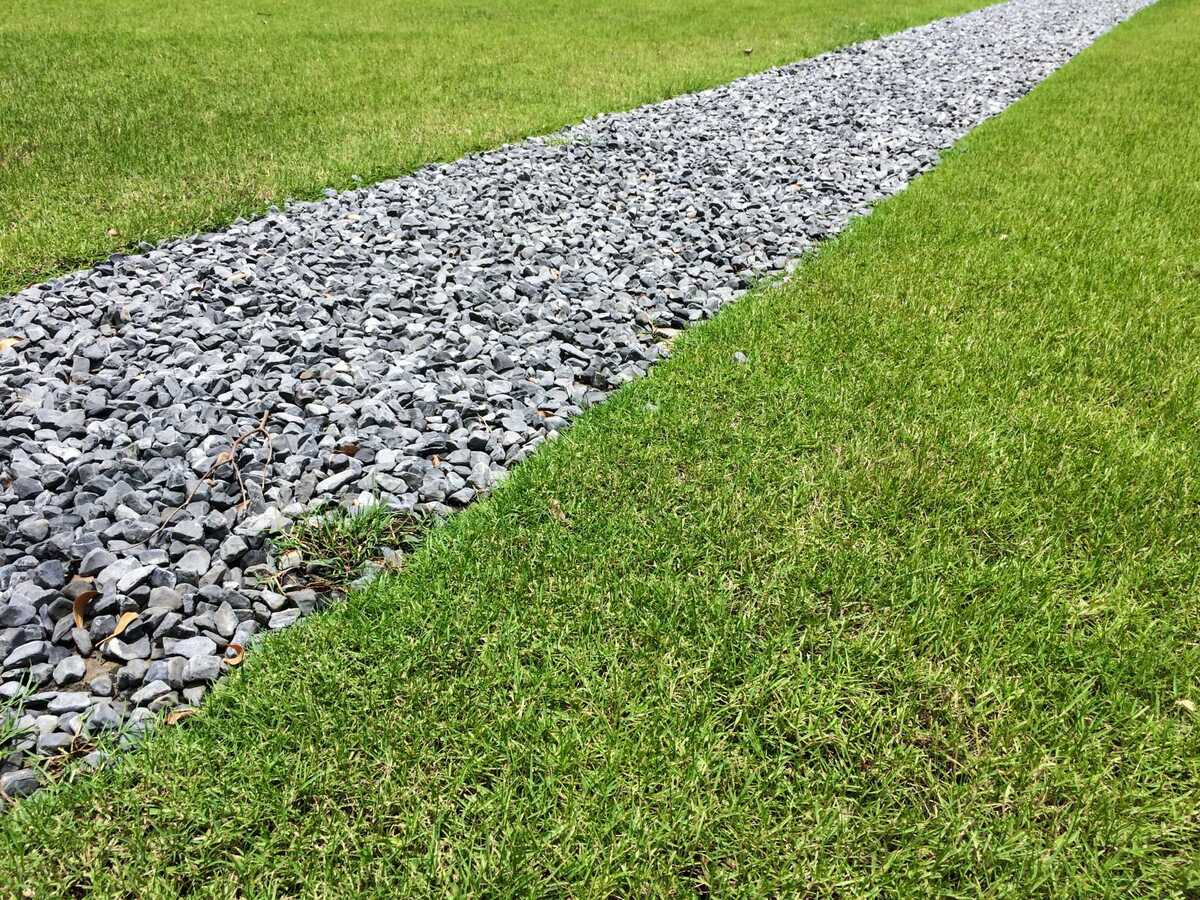

0 thoughts on “How To Kill Winter Grass”